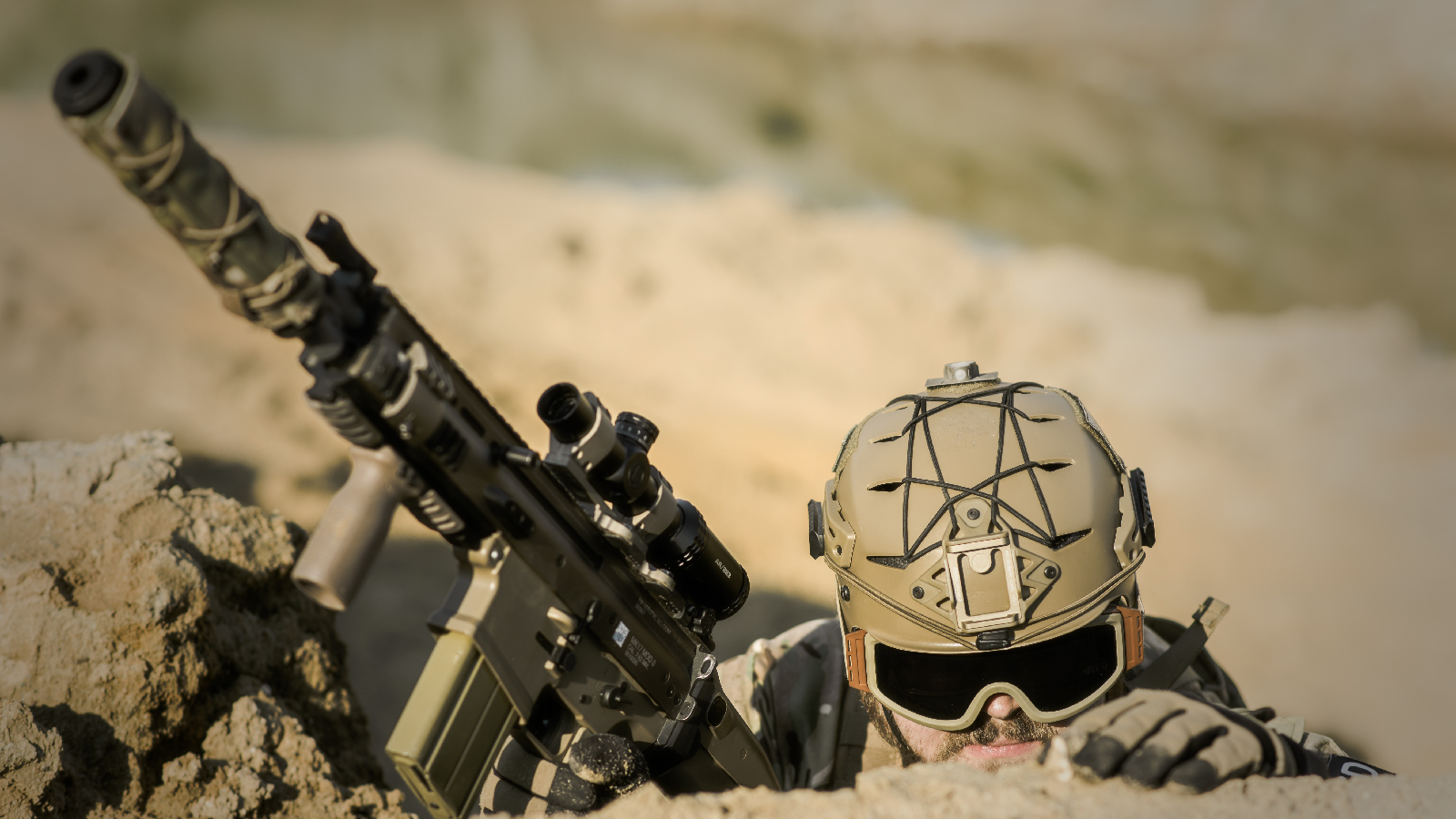Nineteen years ago today then-President Bill Clinton called the Chinese president to make a stunning apology: Sorry for bombing your embassy in Belgrade.
According to a CNN report from the time, Clinton had a "very constructive" half-hour-long conversation with then-Chinese president Jiang Zemin on May 14, 1999, days after the embassy was struck in a wave of airstrikes in what was then the capital of Yugoslavia. Three Chinese journalists were killed in the strike.
Testifying before the Senate intelligence committee in July the same year, CIA Director George Tenet called the bombing a "tragic mistake" and a "major error."
"The attack was a mistake. Let me emphasize, our investigation has determined that no one -- I repeat no one -- knowingly targeted the Chinese Embassy," Tenet said. "Speculation to the contrary is simply unfounded. No one, at any stage in the process, realized that our bombs were aimed at the Chinese Embassy."
Tenet said NATO was trying to strike a Yugoslav supply and procurement facility and that the U.S. government's maps didn't mark the correct location for it -- or for the Chinese embassy. In an amazing admission, Tenet said that virtually all the military and CIA maps showed the Chinese embassy where it was before 1996, even though the U.S. was aware the embassy had been moved that year and U.S. diplomats had visited the newer facility in the intervening years.
At least one intelligence officer saw the mistake days ahead of time, but for various reasons could not get through to the right people. From Tenet's testimony:
“Very late in the process, questions were raised by an intelligence officer as to whether the building targeted was in fact the FDSP headquarters or might be some other unidentified building. At no time was there any suspicion that the building might be an Embassy. This officer had become aware of the nomination by chance, and remembered having seen information a few years earlier that the FDSP building was located a block away from the location identified. Although the matter had nothing to do with his usual responsibilities, this officer registered his concern and sought to clarify the facts by contacting, or attempting to contact, other working level officials who were involved in the preparation of the nomination package.
On Tuesday, 4 May—three days before the bombing occurred—this officer telephoned an officer responsible for the target at the Joint Task Force NOBLE ANVIL in Naples. He told him that he believed the FDSP headquarters building was a block away from the identified location and said that he was trying to resolve this discrepancy. That evening, he obtained information that tended to confirm his belief that the building had been mislocated. Due to a variety of circumstances, this officer was unable to relay this information before departing for training 6-7 May. At that time this officer was unaware that the FDSP headquarters was on the target list.
On his return to his office on Friday afternoon, 7 May, the officer learned to his surprise that the FDSP building was on the target list for bombing that night. He attempted without success to re-contact the officer in Naples with whom he had spoken earlier in the week concerning the “discrepancy.” He raised his concerns with another officer at Naples and learned that the aircraft was already en route to the target. He tried to convey his concern that the building targeted may not have been the FDSP headquarters. Those in Europe state that they believed that he was trying to convey that while it might not be the FDSP headquarters, it was still a legitimate FDSP target. While recollections differ of exactly what was said and what was heard, there is no doubt that no one knew that the facility in question was an Embassy. The strike took place shortly thereafter.
Throughout this series of missed opportunities, the problem of identification was not brought to the attention of the senior managers who may have been able to intervene in time to prevent the strike.”
If any of this seems a little fishy, at least a few reporters thought so too. In October 1999, the British newspaper The Observer and a Danish outlet published a joint investigative report that alleged the bombing of the embassy had been deliberate because it was being used as a communications relay for NATO's adversaries.
Major U.S. papers at the time could not corroborate the story, and then-U.S. Secretary of State Madeleine Albright reportedly described it as "balderdash." The next year The New York Times reported it had obtained the targeting summary sent to Clinton ahead of the strike that misidentified the building.
"The only thing that turned out to be accurate [about the attack plan] was the casualty estimate," the Times report says. "The description of the target's relevance to the war was misleading and, one senior intelligence official said, it should have been apparent to any imagery expert that the building shown did not look remotely like a warehouse or any Serbian government building... The bombing resulted from error piled upon incompetence piled upon bad judgment in a variety of places -- from a frantic rush to approve targets to questionable reliance on inexpert officers to an inexplicable failure to consult the people who might have averted disaster, according to the officials."
[Do you have a tip or question for Code and Dagger? Reach out at CodeAndDagger@protonmail.com. And if you like what you read and want to help keep the site running (kind of) smoothly, click here to learn how you can lend your support. ]











